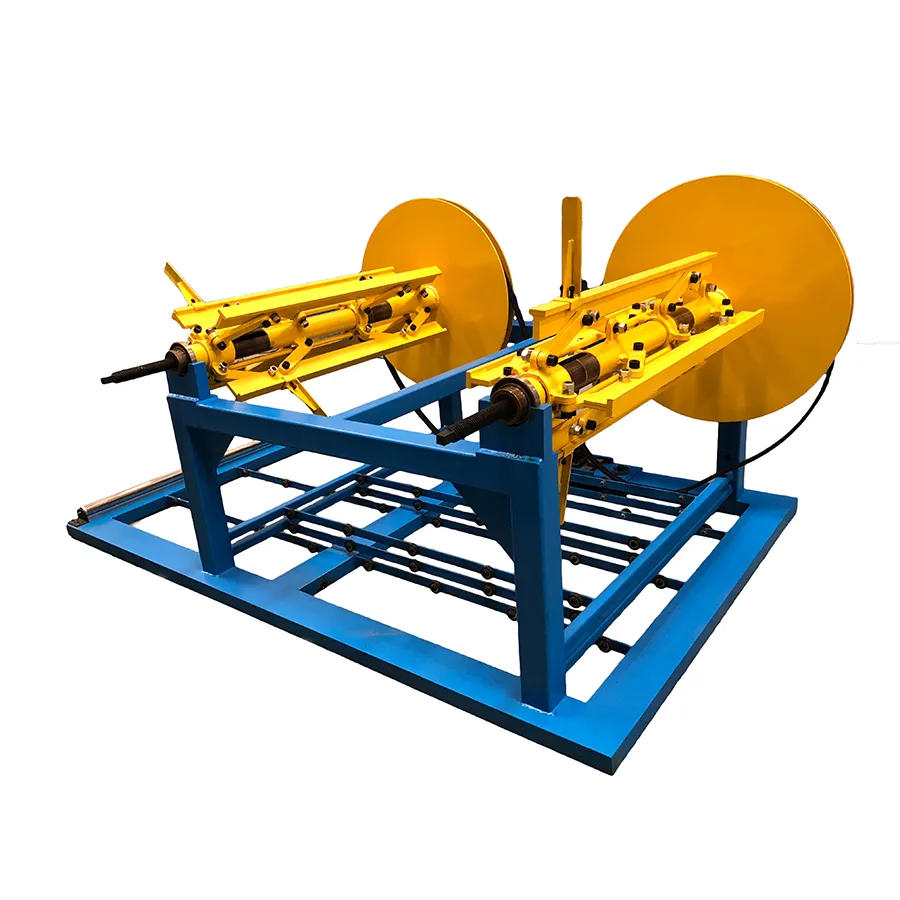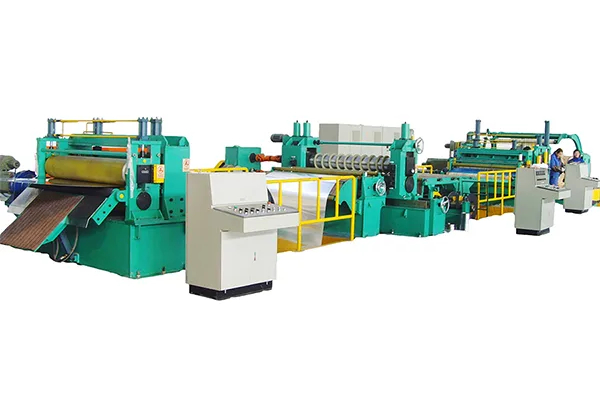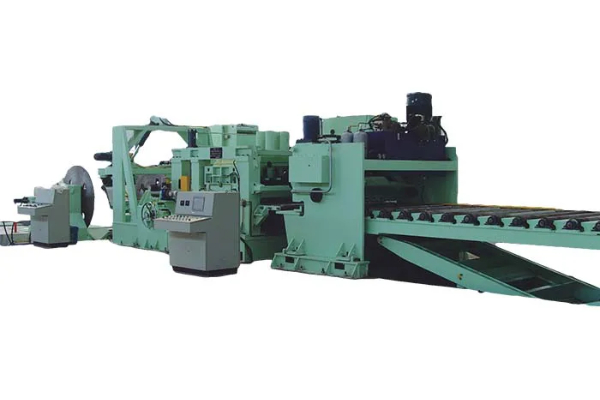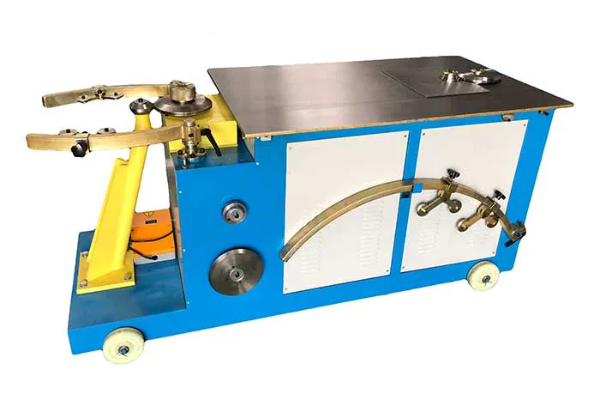
The Evolution of Duct Forming Machines- A Brief History
- By:Metmac
- 2024-06-11
- 211
“The Evolution of Duct Forming Machines: A Brief History” delves into the fascinating journey of these indispensable machines that have revolutionized the HVAC industry. This article provides a comprehensive overview of the historical milestones, technological advancements, and impact of duct forming machines on modern construction practices.
Early Beginnings: Manual Labor and Basic Tools
The earliest forms of ductwork involved the laborious task of manually shaping and assembling sheet metal. Craftsmen used simple tools such as hand brakes and shears to cut, bend, and assemble ducts. This process was highly labor-intensive and required skilled workmanship.
The Rise of Specialized Machines: Mechanization and Automation
The advent of the industrial revolution brought about a surge in technological advancements, and the duct forming industry was no exception. In the early 1900s, the first specialized duct forming machines emerged. These machines introduced mechanization and automation into the process, significantly increasing efficiency and production rates.
The Post-War Boom: Innovations and Standardization
Following World War II, the construction industry experienced a period of rapid growth and expansion. To meet the increasing demand for HVAC systems, duct forming machine manufacturers introduced innovative designs and standardized component sizes. These developments facilitated mass production, reduced costs, and improved overall construction efficiency.
The Advent of Computer-Controlled Systems: Precision and Efficiency
The introduction of computer-controlled systems in the late 20th century revolutionized the duct forming process. These systems integrated advanced software with automated machinery, enabling precise control over bending angles, seam profiles, and overall duct geometry. Computer-aided design (CAD) software allowed engineers to optimize duct layouts and generate precise instructions for the machines, further enhancing accuracy and efficiency.
Sustainability and Environmental Impact: Green Machines
In recent years, the growing emphasis on sustainability has driven the development of environmentally friendly duct forming machines. These machines incorporate energy-efficient designs, utilize recycled materials, and minimize waste. Some models even feature integrated air filtration systems to reduce the environmental impact of their operation.
Conclusion: A Journey of Progress and Innovation
The evolution of duct forming machines has been a testament to the continuous pursuit of progress and innovation in the HVAC industry. From humble beginnings to the latest advancements in computer-controlled systems and sustainable practices, these machines have played a crucial role in shaping the modern built environment. The journey continues as manufacturers strive to push the boundaries of technology and meet the ever-changing needs of construction professionals.
-
Sheet Metal Rolling Machine for Sale: Finding Precision and Durability with METMAC
2025/12/09 -
Press Brake Bending Machine: Engineering Precision with METMAC
2025/12/09 -
CNC Sheet Bending Machine: Precision Redefined with METMAC
2025/12/09 -
Sheet Metal Roll Forming Machines: The Precision of METMAC Engineering
2025/12/09
-
Advanced Sheet Metal Rolling, Laser Cutting, and Folding Machines for Precision Fabrication
2025/10/31 -
High-Performance Sheet Metal Bending and Cutting Machines for Modern Fabrication
2025/10/31 -
High-Quality Sheet Metal Equipment for Sale: Efficient Solutions for Modern Manufacturing
2025/10/31 -
High-Performance Sheet Metal Equipment for Sale: Forming and Shearing Solutions for Modern Fabrication
2025/10/22
-
A Guide to the Latest Innovations in Sheet Metal Folding Machines
2024/11/29 -
Key Features to Consider When Investing in a Sheet Metal Folding Machine
2024/11/28 -
Enhancing Precision with Advanced Sheet Metal Folding Machines
2024/11/27 -
How to Choose the Right Sheet Metal Folding Machine for Your Workshop
2024/11/26







